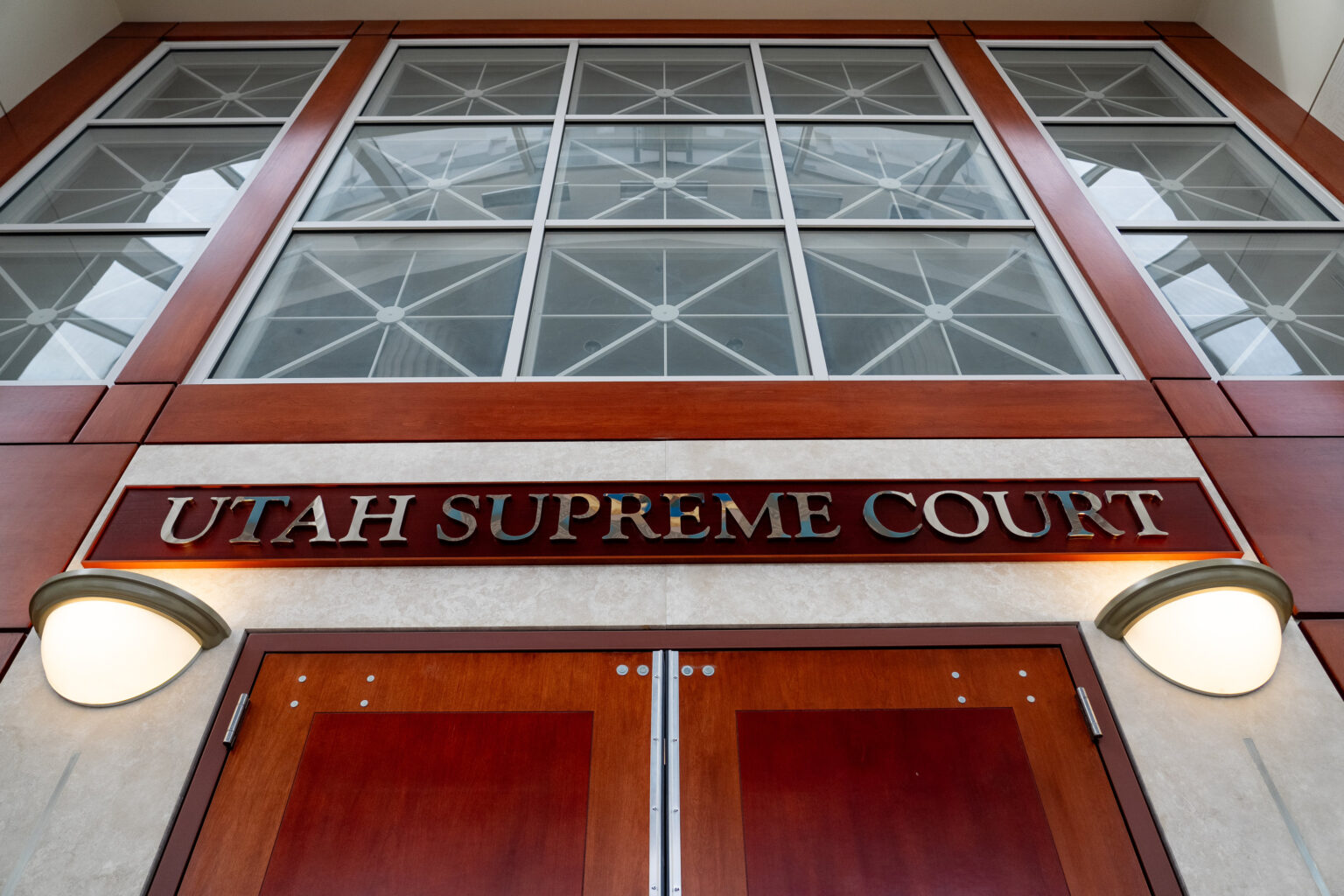In 2021, only 45 percent of violent crimes were “cleared” in Utah.
What does that mean?
A crime is cleared in one of two ways: by arrest or by exceptional means. “Exceptional means” refers to instances when law enforcement identified the person who committed the crime, knew the person’s location, had evidence to support prosecution, but something outside of law enforcement’s control prevented an arrest, such as the suspect dying or a victim being unwilling to participate in prosecution.
The data collection isn’t perfect since it has no way to account for falsely reported crimes or inaccurate arrests. Still, clearance rates do provide an important metric to evaluate the effectiveness of local law enforcement in apprehending criminals.
Context is important in understanding clearance rates. Although clearing fewer than half of reported violent crimes is disheartening, Utah’s rate is marginally better than the national violent crime clearance rate of 42 percent. Furthermore, the clearance rate for violent crimes tends to be much better than for property crimes: in 2019, the national rates were 45 percent and an abysmal 17 percent respectively.
Given that police exist to thwart crime, or at least find those responsible for it, why are clearance rates so low?
Any complete answer is going to be complex, but at least part of the answer is priorities. Police are charged with enforcing hundreds of statutes and ordinances. Some enforcement must necessarily fall by the wayside. Unfortunately, prioritization often happens by default. Enforcing the crimes that readily present themselves is far simpler than discussing difficult tradeoffs: is it better to let some drug possession or traffic enforcement slide if it means catching more robbers and rapists?
Although the legislature gives some guidance by determining the severity of a given crime — felony, misdemeanor, infraction — ultimately, how monetary and personnel resources are allocated is up to individual police departments and the municipalities that fund and oversee them. If departments don’t conscientiously and explicitly state what crimes they want officers to focus on, easy-to-prove crimes become the default focus, even if that is not the most impactful way to serve the community.
We’re never going to get to a 100 percent clearance rate. However, if we are serious about decreasing violent crime, enforcement efforts should reflect that preference, even if it means less enforcement of other crimes.




